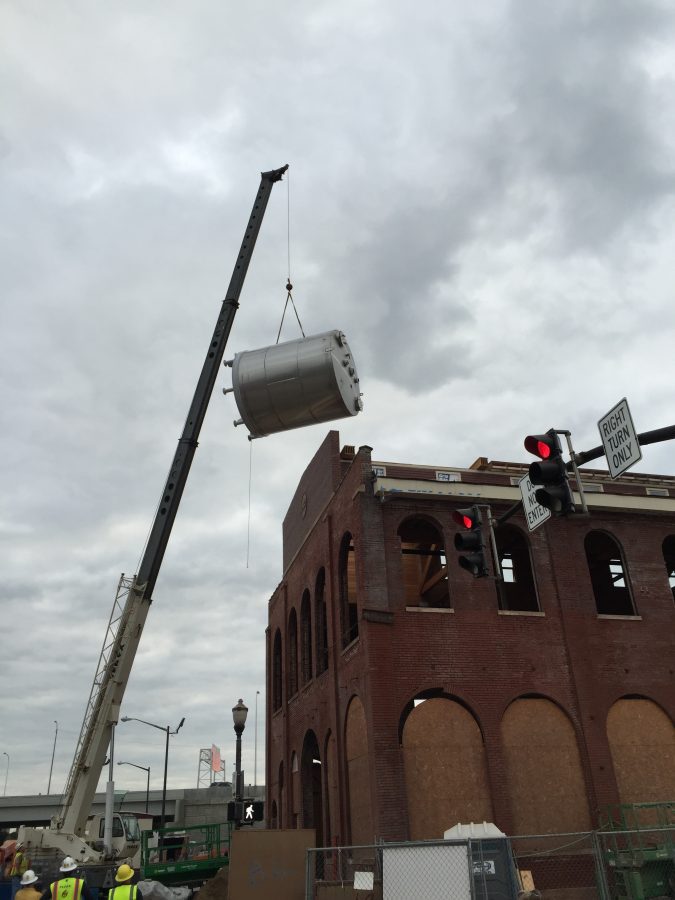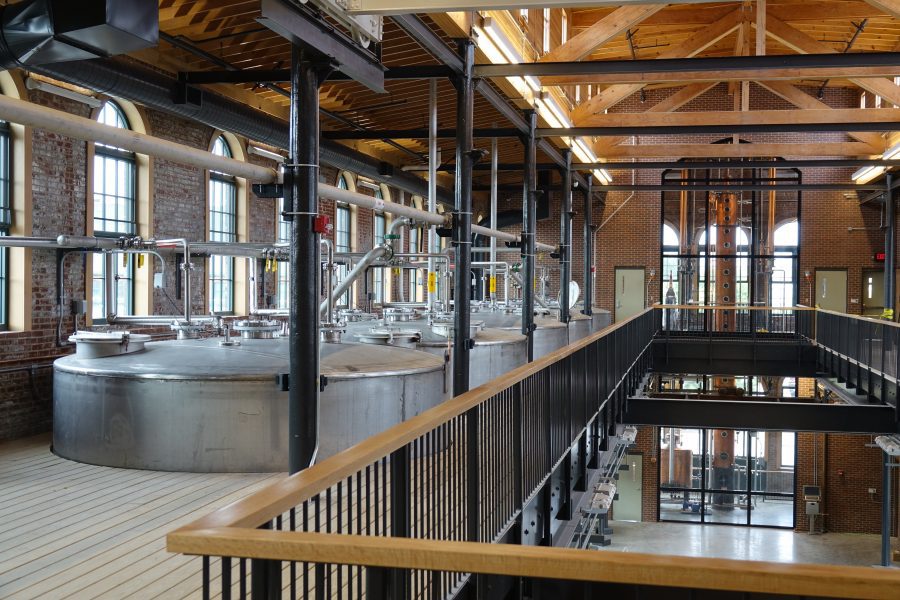Which Comes First When Starting a Distillery? Engineering or Architecture
All ArticlesThere are lots of reasons people start new distilleries. It could be a family history of distillation that goes back hundreds of years, it could be a love of spirits or it could be the desire to create something from scratch to create a new legacy. Planning a new distillery is no easy task, knowing where to start is often a question of what comes first, the proverbial Chicken or the Egg? In this tale, we are not going to try to consume the entire chicken, just the Engineering and the Architecture portion.
Today’s craft distilleries are presenting themselves as destinations as much as they are functional processes, and within this, the aspiring distillery owner may start with an idea for how they want the distillery to look. They will then reach out to an Architect to capture the vision, the experience, and the image that they imagine the brand to represent. The Architect can masterfully do this, but the distilling process, the grain handling, the cooking, the controlling of valves and switches is generally not part of the Architect’s wheelhouse.
Begin with the End in Mind – The Engineers
Engineers will begin with the end in mind. Some initial questions will need to be asked and answered before the Engineers on the project can begin to do their work.
✔ What kind of spirits will you be making?
✔ How many proof gallons are you targeting to produce?
✔ How many days per week and hours per day are targeted for production?
✔ Does the process need to allow for additional future capacity?
✔ And of course everyone’s favorite, “What is your budget?”
With this information, the Engineers on the project can begin their work. They can determine the grain capacity requirements, the size and number of cookers that will be required, the size and number of fermenters that will be required, and the size and type of still that will be required. All of this will be sized according the desired output of the process. Basic Piping Design and pipe sizing may also begin at this stage of the project.
Once these basic parameters of the distillation process are defined, the Engineers can begin determining how much steam and cool water will be required to run the process. Additional factors of future capacity may be considered at this time. At this point, decisions can be made on the size of the boiler required to accommodate the steam requirements, and a cooling tower and perhaps a chiller can be specified to accommodate the process water requirements.
How much power is going to be required to run all of this? Electrical and Mechanical Engineers will study the process to determine required Horse Power for conveyors to move the grain; a mill to grind any grains; and agitators for cookers, fermenters, and beer tubs. Horse Power will also need to be determined to run all of the pumps throughout the distillery. Finally, any other systems that require power will need to be considered, and proper distribution will need to be designed to supply them. All of these motors will need to be controlled from a motor control center (MCC). Contingent upon the layout of the facility, it may be more practical to have more than one MCC. Basic conduit and conductor sizing may be completed at this point.
To Automate or Not to Automate
Decisions between the Owner and the Engineer can be made about the level of automation within the process. Additional philosophical discussions about how the distillery would be run should be decided at this point. The Engineer will determine recommended locations for operators to control the process, recommend instrumentation to control and monitor the process, and the Engineer will estimate the size and architecture of the control panels and their interconnectivity to each other and the process.
Now let’s Make it Beautiful – The Architects
All of this equipment has to go somewhere in the distillery. This is where the Engineer will begin to communicate to the Architect the size of the equipment that will be required, and if there are any special considerations that the national, city or state codes may require about the placement and spacing around the equipment. The Engineer will also advise the Architect of any hazardous areas within the distillery, for there are multiple areas in a distillery that are or can be explosive as a function of the process. Keep in mind that distillation is first and foremost an industrial process, it’s up to your Engineer to design a safe environment.
Now that the Architect has all of the information for vessel sizes, equipment sizes, placement restrictions, and a rough idea of piping and power interconnects, they can begin to make it beautiful. The Architect should always work with the Engineer to make sure that Codes are properly followed. At the end of the day, this distillery is a process.




